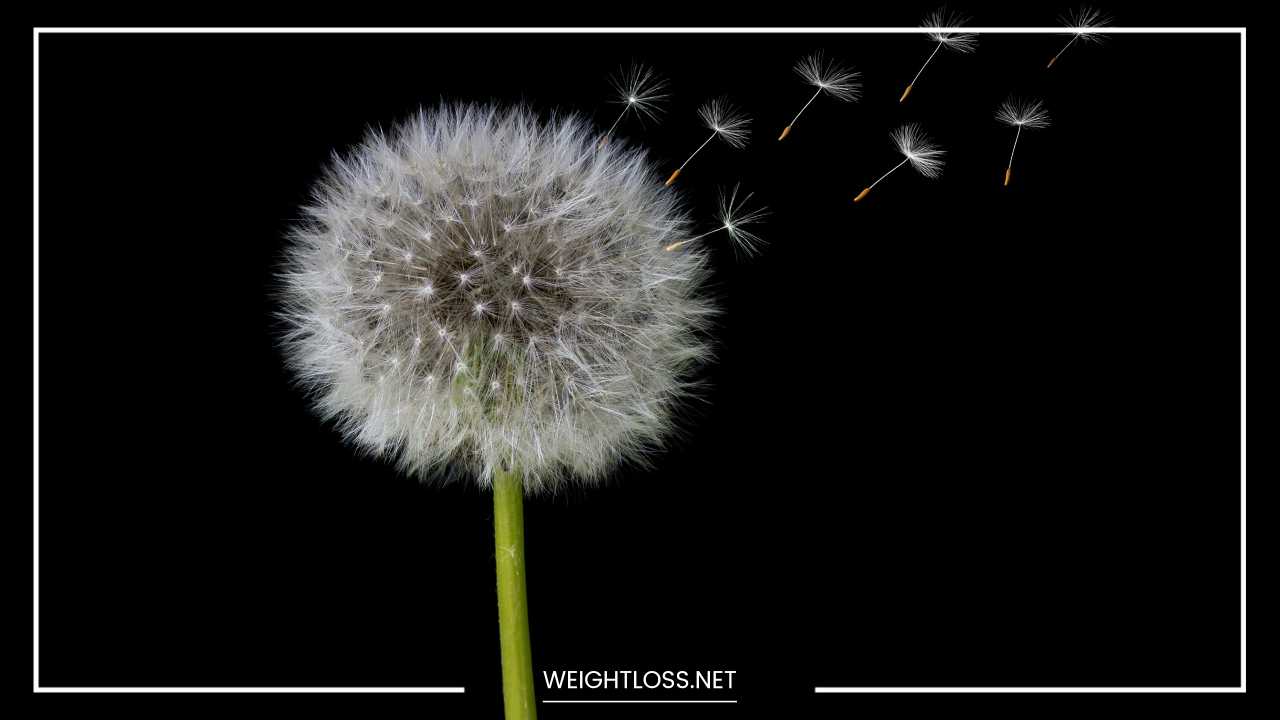Dandelion Uses and Health Benefits

Dandelion
Dandelion: A Comprehensive Exploration of its Culinary, Medicinal, and Cultural Significance
The Dandelion, a plant often dismissed as a garden nuisance, is a versatile herbaceous wonder that transcends its weed-like reputation.
Beyond its characteristic bright yellow flowers and jagged leaves, the Dandelion harbors a wealth of culinary, medicinal, and cultural significance.
In this comprehensive exploration, we delve into the various facets of the Dandelion, uncovering its nutritional benefits, medicinal applications, and the historical connotations attached to this seemingly humble herb.
Culinary Delights: Beyond the Garden Nuisance
Dandelion leaves, emerging from the ground with an earthy vibrancy, possess a unique flavor profile. The bitterness of these leaves, dependent on the harvest timing, adds a distinctive appeal to culinary endeavors.
They seamlessly integrate into salads, lending a robust, slightly bitter note. Whether sautéed or steamed, Dandelion leaves offer a versatile addition to various dishes, providing a twist to the mundane.
Beyond the leaves, Dandelion flowers become a canvas for culinary experimentation. Foragers and nature enthusiasts attest to the gastronomic pleasures of consuming the vibrant yellow blooms.
Dandelion flower fritters, when battered up and fried, contribute a burst of color and flavor to stir-fries. The versatility of Dandelion in the kitchen challenges the conventional perception of it being a mere garden intruder.
Nutritional Powerhouse: Unveiling the Health Benefits
Contrary to its reputation as an unwanted guest in lawns, Dandelion leaves emerge as a nutritional powerhouse.
Surpassing store-bought herbs, these leaves are higher in beta-carotene than carrots. In addition to this, Dandelion leaves boast more iron and calcium than the commonly revered spinach.
The nutrient profile extends to include vitamins B-1, B-2, B-5, B-6, B-12, C, E, P, D, along with biotin, inositol, potassium, phosphorus, magnesium, and zinc.
The roots of the Dandelion, often used in herbal remedies, contribute significantly to overall health. Dandelion root is hailed as one of the safest and most popular herbal remedies, widely used today.
Crafted into tonics, it strengthens the entire body, particularly focusing on the liver and gallbladder by promoting bile flow.
The presence of taraxacin in the root reduces inflammation in bile ducts, making it effective in conditions such as Hepatitis, liver swelling, jaundice, and indigestion.
Pissenlit: Exploring Dandelion’s Diuretic Properties
In French, Dandelion goes by the name “Pissenlit,” a term that hints at its diuretic properties. When transformed into tea from leaves or roots, Dandelion acts as a gentle diuretic on the kidneys.
What sets it apart from over-the-counter diuretics is its ability to maintain potassium levels in the body, unlike the potassium-depleting effects of many pharmaceutical options.
Dandelion root tea, with its diuretic qualities, has even been credited with helping some individuals avoid surgery for urinary stones.
Embraced by herbalists, a cup of Dandelion tea is considered a valuable addition to one’s daily routine, promoting not only hydration but also kidney health.
Some herbalists suggest incorporating the Dandelion plant into daily meals, asserting that it aids in easier digestion, contributing to overall well-being.
Diverse Applications Beyond Culinary and Medicinal Uses
Breaking the stem of the Dandelion reveals a milky white substance, opening the door to a myriad of applications beyond the kitchen and herbal medicine.
This substance, historically recognized for its curative properties, has been utilized to remove warts, pimples, moles, calluses, and soothe bee stings and blisters.
The multi-faceted nature of the Dandelion extends beyond the kitchen, making it a go-to natural remedy for various minor ailments.
Historically, the Dandelion has found its way into unconventional culinary creations, such as Dandelion jam, showcasing its adaptability in the kitchen.
Roasted and ground Dandelion root serves as a coffee substitute, appealing to those seeking an alternative to traditional coffee beans.
Dandelion wine, a beverage crafted from the blossoms, exemplifies the plant’s diverse applications, transcending its identity as a mere weed.
Global Recognition and Misunderstandings: A Cultural Perspective
While Europeans have long recognized the benefits of Dandelion roots in herbal medicines, there remains a cultural dissonance, particularly in the United States, where this beneficial plant is often labeled as a weed.
The irony is palpable – Europeans marvel at the positive impacts Dandelion roots have on the liver, spleen, kidneys, bladder, and stomach, while in America, it is frequently relegated to the status of an unwanted intruder in manicured lawns.
The cultural significance of the Dandelion transcends its culinary and medicinal applications. Symbolizing resilience and adaptability, the Dandelion’s ability to thrive in diverse environments mirrors its own journey from being perceived as a weed to a revered herb.
Perhaps, it’s time to reconsider the perception of Dandelion, recognizing its potential as a valuable addition to both our plates and our medicine cabinets.
Final Remarks: Rethinking the Dandelion
In conclusion, the Dandelion, with its distinctive leaves, vibrant flowers, and multi-faceted applications, proves to be much more than a garden nuisance.
From culinary delights that challenge our palates to medicinal remedies that enhance our well-being, the Dandelion has earned its place as a versatile and valuable herb.
As we navigate the intricate tapestry of its nutritional benefits, diuretic properties, and diverse applications, it becomes evident that the Dandelion deserves a second look, a reevaluation that acknowledges its potential as a beneficial companion in both our kitchens and gardens.
The journey from weed to herb is not just a botanical transformation but a testament to the richness and complexity of nature’s offerings.

















